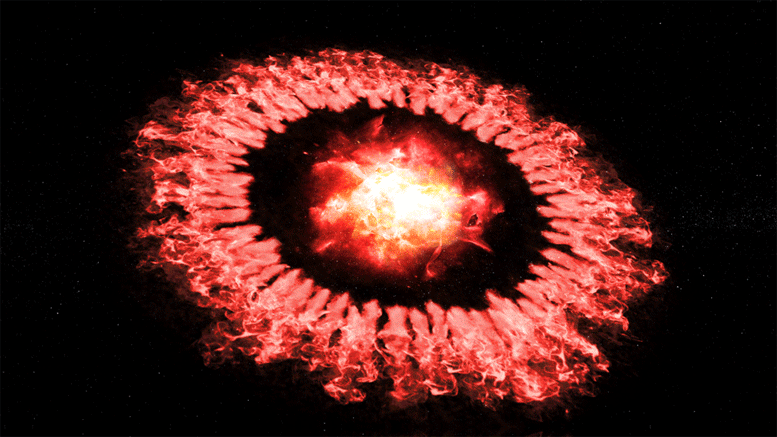
Artist’s concept illustrating Supernova 1987A as the powerful blast wave passes through its outer ring and destroys most of its dust, before the dust re-forms or grows rapidly. SOFIA observations reveal that dust — a building block of stars and planets — can re-form or grow immediately after the catastrophic damage caused by the supernova’s blast wave. Credit: NASA/SOFIA/Symbolic Pictures/The Casadonte Group
Dust particles form as dying red giant stars throw off material and become part of interstellar clouds of various sizes, densities, and temperatures. This cosmic dust is then destroyed by supernova blast waves, which propagate through space at more than 6,000 miles per second (10,000 km/sec)!
Supernova explosions are among the most powerful events in the universe, with a peak brightness equivalent to the light from billions of individual stars. The explosion also produces a blast wave that destroys almost everything in its path, including dust in the surrounding interstellar medium, the space between the stars. Current theories predict when a supernova blast sweeps through a region of space, much of the dust would be destroyed, so there should be little dust left.
Observations with SOFIA, however, tell a different, mysterious story — revealing more than 10 times the dust expected. This suggests that dust is much more abundant in the wake of a blast wave than theories estimate.
The new study is based on observations of a nearby supernova explosion, called Supernova 1987A. When it was discovered in 1987, it was one of the brightest supernovae seen in 400 years! Due to its close proximity, astronomers have been able to monitor its impact on the surrounding environment continuously for the past 30 years.
SOFIA’s observations of the iconic supernova suggest dust may actually be forming in the wake of the powerful blast wave. These results are helping astronomers solve the mystery surrounding the abundance of dust in our galaxy.
Artist’s concept illustrating Supernova 1987A as the powerful blast wave passes through its outer ring and destroys most of its dust, before the dust re-forms or grows rapidly. Observations from NASA and DLR’s SOFIA reveal that dust — a building block of stars and planets — can re-form or grow immediately after the catastrophic damage caused by the blast wave.
“We already knew about the slow-moving dust in the heart of 1987A,” said Mikako Matsuura, a senior lecturer at Cardiff University, in the United Kingdom, and the lead author of the paper. “It formed from the heavy elements created in the core of the dead star. But the SOFIA observations tell us something new about a completely unexpected dust population.”
The observations were published in a recent issue of Monthly Notices of the Royal Astronomical Society.
Supernova 1987A has a distinctive set of rings that are part of a cavity created in an earlier, pre-explosion phase of the star’s evolution. The fast-expanding blast wave has passed through these ring structures. Astronomers thought that any dust particles in these rings would have been destroyed, but recent observations from SOFIA show emission consistent with a growing population of dust in the rings. The results indicate that dust particles can re-form or grow rapidly, even after the catastrophic damage caused during the passage of the blast wave, suggesting that although this might be the end of a chapter in the life cycle of dust, it does not appear to be the end of the story.
The dust detected by SOFIA could result from either significant growth of the existing dust particles or the formation of a new dust population. These new observations compel astronomers to consider the possibility that the post-blast environment might be ready to form or re-form dust immediately after the blast wave passes — a new clue that may be pivotal in resolving the discrepancy between dust destruction models and observations.
From ground-based telescopes on Earth, observing cosmic dust particles in the infrared is difficult — or impossible — due to strong absorption, primarily from water and carbon dioxide in the Earth’s atmosphere. By flying above most of the obscuring molecules, the airborne observatory SOFIA provides access to portions of the infrared spectrum not available from the ground. In particular, SOFIA’s Faint Object infraRed CAmera for the SOFIA Telescope (FORCAST) is a powerful instrument for understanding warm dust in particular.
“FORCAST is the only instrument that can observe at these critical wavelengths and detect this newly-forming population of warm dust,” said James De Buizer, the USRA manager for science operations at the SOFIA Science Center and co-author on the study. “We plan to continue monitoring with FORCAST to gain more insight into dust creation and evolution in supernova remnants.”
In the future, NASA’s James Webb Space Telescope will examine this dust in further detail, looking for clues about its origins and composition.
Reference: “SOFIA mid-infrared observations of Supernova 1987A in 2016 – forward shocks and possible dust re-formation in the post-shocked region” by Mikako Matsuura, James M De Buizer, Richard G Arendt, Eli Dwek, M J Barlow, Antonia Bevan, Phil Cigan, Haley L Gomez, Jeonghee Rho, Roger Wesson, Patrice Bouchet, John Danziger and Margaret Meixner, 9 October 2018, MNRAS.
DOI: 10.1093/mnras/sty2734
SOFIA is a Boeing 747SP jetliner modified to carry a 106-inch diameter telescope. It is a joint project of NASA and the German Aerospace Center, DLR. NASA’s Ames Research Center in California’s Silicon Valley manages the SOFIA program, science and mission operations in cooperation with the Universities Space Research Association, or USRA, headquartered in Columbia, Maryland, and the German SOFIA Institute (DSI) at the University of Stuttgart. The aircraft is maintained and operated from NASA’s Armstrong Flight Research Center Hangar 703, in Palmdale, California.

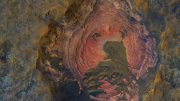
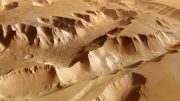
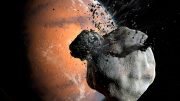
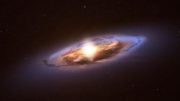
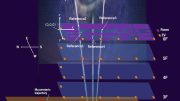

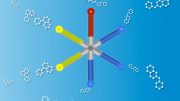
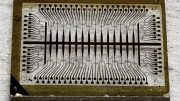
If you look closely at this event,there are 2 large objects moving away out of this super Nova event to the top moving extremely fast away. This is not ordinary to this event. This could be what caused the supernova in the first place. Please do research.
The truth about sne1987a is found here… http://praiseandworshipclub.azurewebsites.net/science/sn1987a/index.html
It’s an artist’s animation; not recorded images.
Dallas… what an absolute dumbass.
Selva… what an absolute dumbass.
Lou… atleast you aren’t an absolute dumbass.